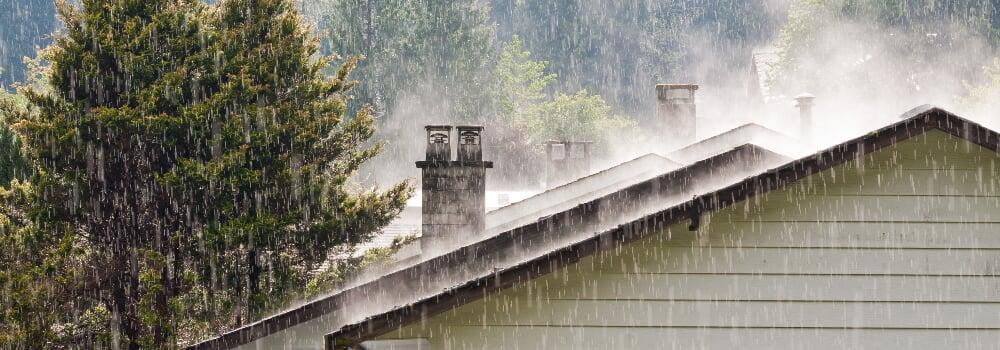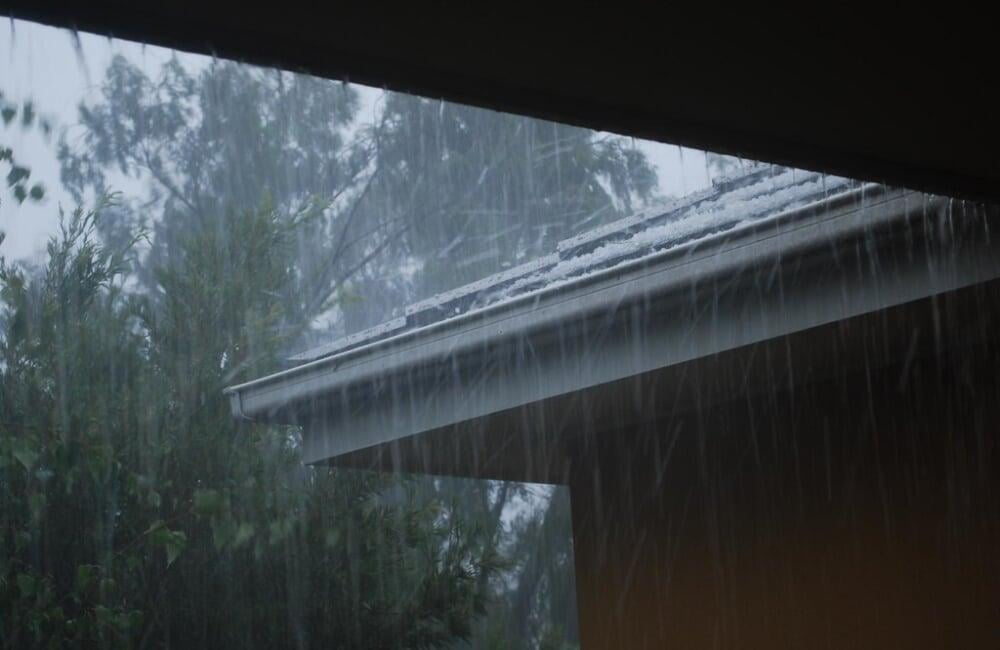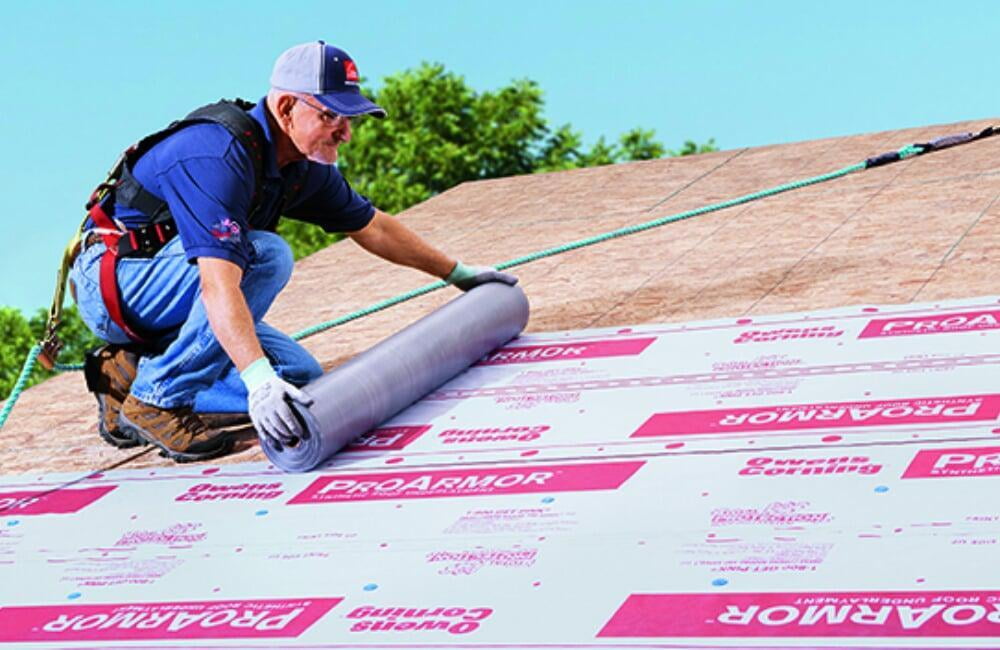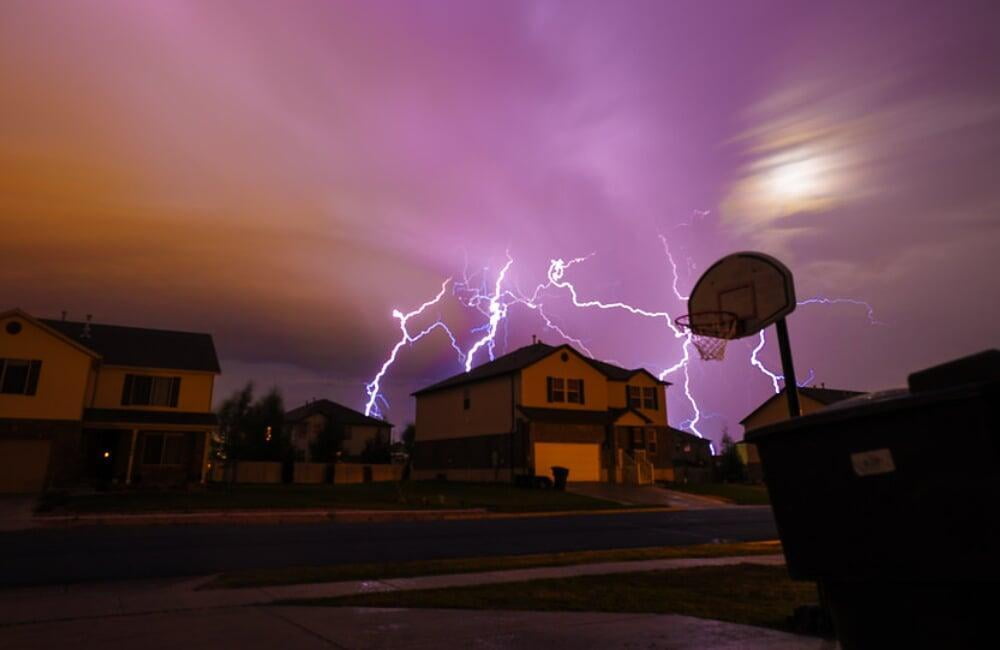
When it comes to your roof, how rain-proof is it? Is there any way to make sure that no water gets in or out of the house? In this article we will give you information and help you answer these questions.
What is roof waterproofing?
Roof waterproofing is the process of sealing a roof to prevent water from entering the building, in order to prolong the life of the roof. Waterproofing allows for the continuous use of the building in wet conditions such as heavy rainstorms, snow storms and more. It also prevents moisture from making its way into the structure and causing serious damage to your home or business.
Why do you need roof waterproofing?
The penetration of water into the roof can cause several problems, the most important are the following:

House structure damage
When it rains, leaks can occur in the roof. If rainwater enters your attic or a wall cavity inside your home, you may not notice the damage until much later. The most serious problems that can appear due to this are differential settlement of foundations and curvature in beams in the case that they are made of wood.
Water stains on walls and ceilings
It can cause damage to wood and other areas of the house, as well as influence the peeling of paint from walls and ceilings, and generate an environment with moisture odor.
Mold and moss
Due to leaks of water, mold or moss can grow in certain areas where humidity and temperature conditions are optimal for the growth of these. Breathing mold spores can lead to health damage, such as asthma and some allergic reactions.
What is Roofing Underlayment and why is it necessary?

Types of roofing underlayment
Below we briefly explain the most common types of underlayments:
1- Asphalt-Saturated felt underlayment
This type of underlayment is made by saturating paper or fiberglass mat with asphalt. The biggest advantage of this material is the cost, as it is cheaper than the other types we will see below, but it has other disadvantages such as weight and durability.
2- Rubberized asphalt underlayment roof
Rubberized asphalt is made up of rubber polymers and asphalt. To place it, the back membrane is removed, as it has glue to adhere to the roof structure.
3- Synthetic roof underlayment
Synthetic underlayment is an elastomeric sheet material, rigid, water resistant, waterproof and flame retardant, which is made of woven polyethylene or polypropylene. This type of underlayment is lighter and more durable than the previous ones.
What is a Secondary Water Barrier?
Is your roof rain proof?







